When we read the Bible it is easy to skim over the passage or put our own interpretation on it, especially if it is a familiar passage. But there are lots of treasures in Scripture that can easily be missed. That’s why I came up with my 5L Bible Study Method to help me know how to read the Bible effectively. Today we are going to focus on the second L, which stands for Look. This is when we look at the text to see what it says.
This post contains affiliate links, which means that for each purchase made I receive a small contribution at no extra cost to you. For more information please see my policies page.
How to read the Bible effectively
The 5L Bible Study Method incorporates five stages: Letter, Look, Learn, Live, Love which help you to read the Bible effectively. You could work through each stage in one sitting, or if you wanted to take more time you could take each stage separately.
Use the sign-up form below to download an explanation sheet and a blank worksheet for you to use in your Bible Study.
5L Bible Study Method Worksheets

Download the 5L Bible Study Method worksheet and instructions.
What to look for when reading your Bible
Once we have completed the first step of our Bible study (which I call ‘Letter’ to remind myself that God speaks to me through his word), when we pray before reading and place the passage in its context, we are ready to move on to looking at the text.
This is a very important stage that we don’t want to rush past before starting the next step, when we LEARN from external sources. In her book, Women of the Word, Jen Wilkins calls this stage the Comprehension stage and says it is ‘probably the most neglected and misunderstood by students of the Bible’. In order to read the Bible effectively we need to stop and ask ourselves some questions.
We can start with some basic questions (remember these from English class?):
- What? What does this passage say?
- Who? Who are the characters in this passage? What does the passage say about God, Jesus, followers, sinners etc? (You might want to highlight or underline all references to God, his actions or his character.)
- Where? Where do the events happen? Is this significant? Does this reveal anything about the story?
Then move on to deeper questions:
- How? How do the people act and respond? How does this impact my understanding of God or Jesus?
- Why? If the passage is a narrative: Why do the people behave in this way? If the passage is from an epistle: Why did the author say this? Why here? Why in this way?
Further Reading: 10 Achievable Tips for a Meaningful Quiet Time with God
Jen Wilkins has some great Bible Study Tips in her book Women of the Word.
I bought the kindle version from Amazon which is great as I can easily refer back to it to find one of the many sections I have highlighted.
Now it is time to hold up a microscope to the text and see what we can discover from looking at individual words and phrases. Have your pens ready to underline or highlight. A Journaling Bible is great for this.
I’ve come up with three sections – beginning with the letters TLC!
Give your Bible reading some TLC!
I’ve grouped my categories into three sections, beginning with the letters T, L and C to help me remember them. Theme, Linking Words, and Contrasts and Comparisons.
As an example, I am going to refer to the story of Zacchaeus found in Luke 19:1-10, and a few other short examples. (All references are taken from the NIV translation and link to BibleGateway.com )
Theme
Even if you are reading just a few verses of Scripture, recognising and understanding the theme will help you to gain a greater meaning of the text. The theme may be obvious, it may even be stated in the text, or it may be more subtle. Here are a few clues to finding the theme.
Does the author or speaker give a purpose for his writing?
The author might give his purpose at the beginning of a book:
Many have undertaken to draw up an account of the things that have been fulfilled among us, just as they were handed down to us by those who from the first were eyewitnesses and servants of the word. With this in mind, since I myself have carefully investigated everything from the beginning, I too decided to write an orderly account for you, most excellent Theophilus, so that you may know the certainty of the things you have been taught. Luke 1:1-4 (emphasis added)
The writer of an epistle might make his purpose clear:
I write these things to you who believe in the name of the Son of God so that you may know that you have eternal life. 1 John 5:13
If the aim is made clear in any of these ways, take note of this purpose when asking yourself what the author is saying, particularly if it is a difficult passage to interpret.
Another tool you can use to discover a theme for your Bible reading is to look for repeated words or phrases. In the story of Zacchaeus the word ‘see’ (and looked, look, saw and seek) are repeated often. Does this give a clue to a more subtle meaning or theme of the story?
Not sure? Well, let’s use another tool for finding the theme. Does it connect with the theme of the passages before and after? In this case, the story at the end of Luke 18 is about a blind beggar receiving his sight. Another story about seeing! The blind beggar has his sight restored and then Zacchaeus is able to see Jesus and see the errors of his ways as Jesus sees him and saves him.
Linking Words
Linking, or transition, words are also good clues to use to help you read the Bible effectively. Words like ‘but’, ‘therefore’, ‘so that’, ‘for’, and ‘if..then’ statements. You might want to draw a line or arrow to connect the statements. This method is particularly useful in the epistles, which are often more instructional. Here are some examples:
The sting of death is sin, and the power of sin is the law. But thanks be to God! He gives us the victory through our Lord Jesus Christ. 1 Corinthians 15:56-57 (emphasis added)
Therefore, I urge you, brothers and sisters, in view of God’s mercy, to offer your bodies as a living sacrifice, holy and pleasing to God—this is your true and proper worship. Romans 12:1 (emphasis added)
Other linking words I like to look for are words to do with time, like ‘immediately’, or ‘the next day’. These can help us to put the story in context. give it more meaning, or separate different events.
Contrasts and comparisons
Where a phrase or passage is repeated, we can look for comparisons and contrasts. What can we learn from any differences? Do these show a progression? Different emphasis? Obedience or disobedience?
Compare the end of the passage with the beginning. How have things changed? Has there been a progression or a shift?
You can see an example of how I use this technique in my post on the promises of Abraham where I compare and contrast the different promises that God gives to Abraham in Genesis.
Download your free TLC bookmark using the form below and keep it handy in your Bible to remind you of these tips for how to read your Bible effectively.
Tie all your thoughts together
You have done a lot of looking at the passage and made a number of discoveries, but don’t leave them as individual pieces. Go back and ask yourself again, what was the author saying? What is the main idea of this passage?
Write down the main idea or a paraphrase of the passage.
From my digging into Luke 19:1-10 I have concluded that the main idea, what the author is saying, is stated in the last verse: “For the Son of Man came to seek and to save the lost.”
continue to Be curious in your bible reading
Enjoy digging into the Bible, exploring new ideas and discovering new treasures. If you come up with some questions that you don’t know the answers to, then write them down. We can come back to them in the next section of the 5L Bible Study Method – Learn.
Oh, and if you are wondering why none of my example questions contained any personal reflection or application, that stage will come soon too!
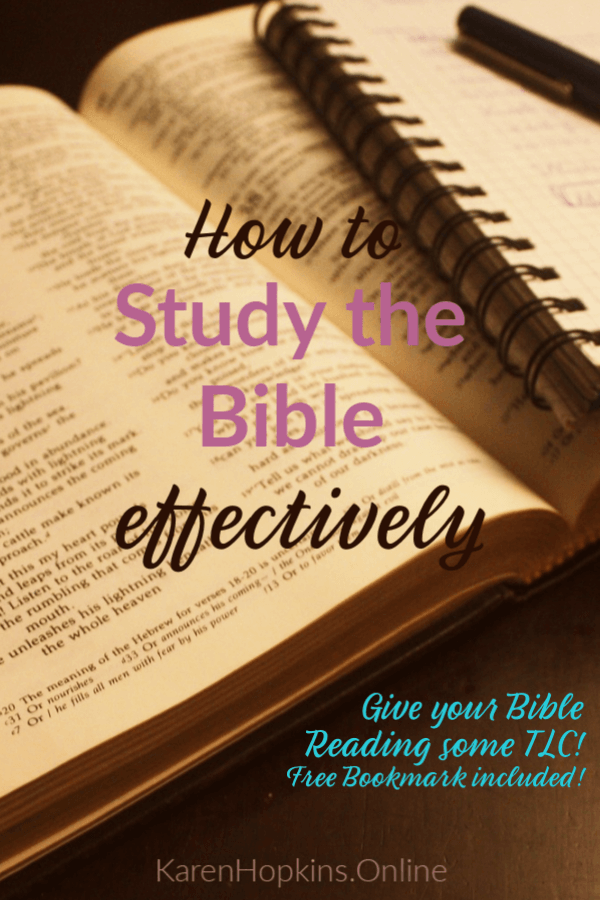

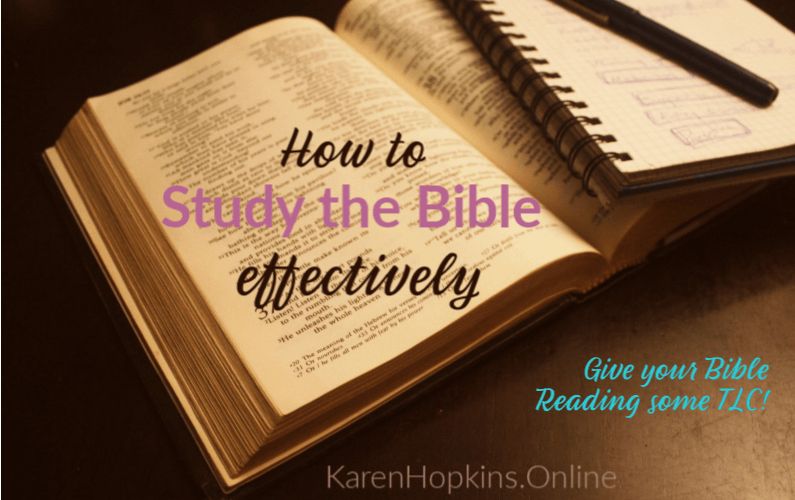



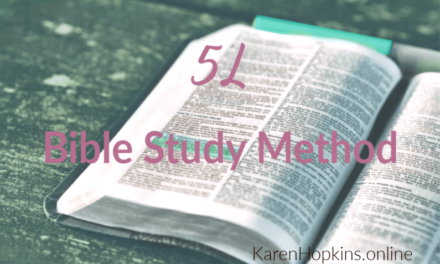

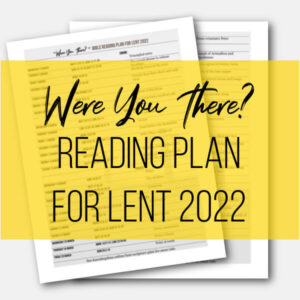
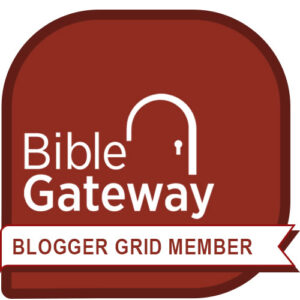
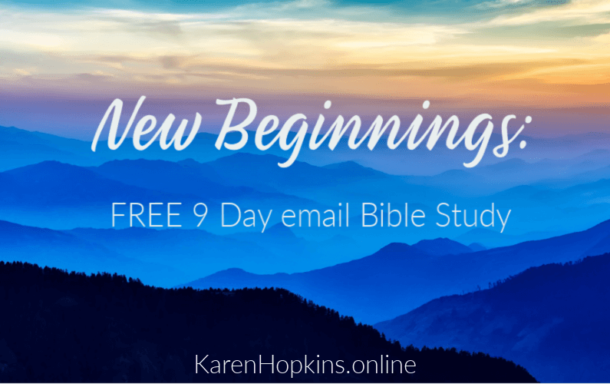
Trackbacks/Pingbacks